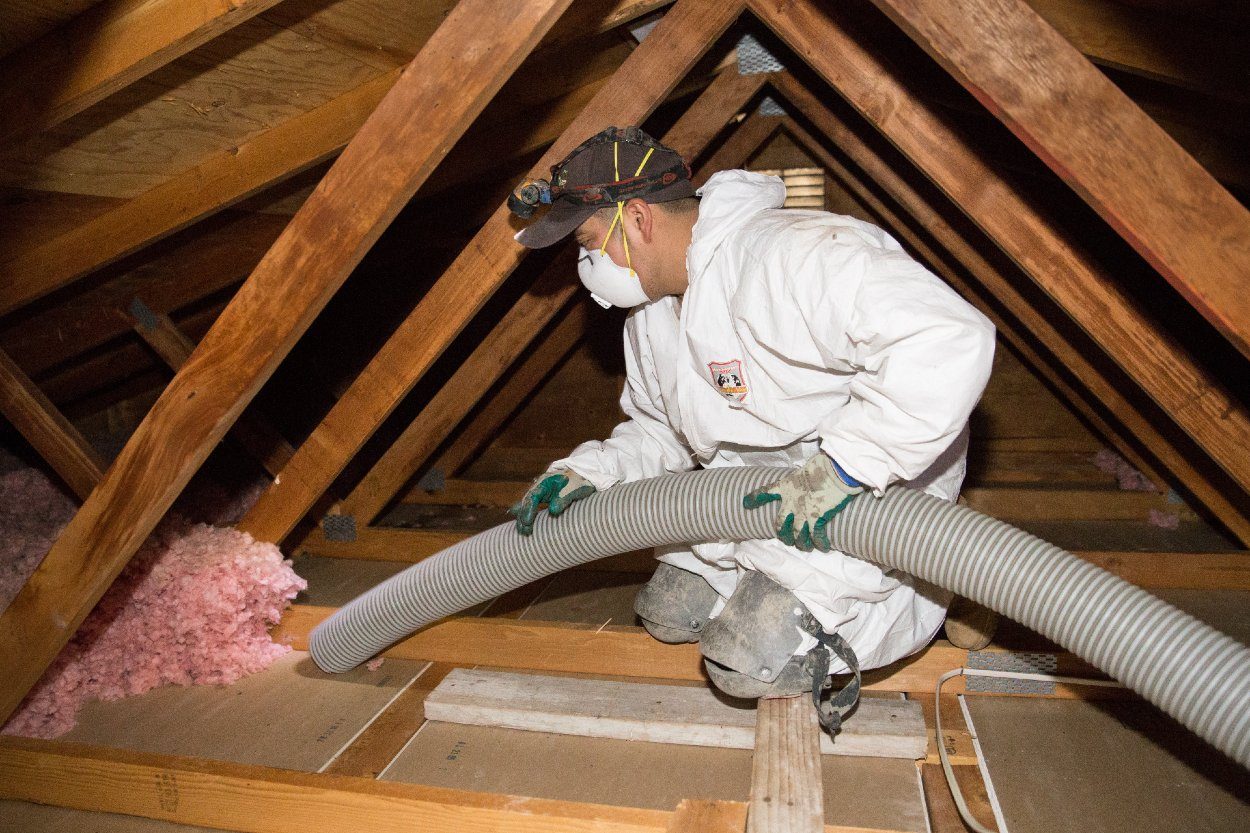

Articles
How Much For Attic Insulation
Modified: January 8, 2024
Discover the cost of attic insulation with our informative articles. Find out how much you should budget for this essential home improvement project.
(Many of the links in this article redirect to a specific reviewed product. Your purchase of these products through affiliate links helps to generate commission for Storables.com, at no extra cost. Learn more)
Introduction
Welcome to our comprehensive guide on attic insulation and its cost. If you’re a homeowner looking to improve energy efficiency, reduce utility bills, and create a more comfortable living environment, then insulating your attic is an essential step. In this article, we will discuss why attic insulation is important, the factors affecting its cost, the different types of insulation materials available, how to determine the amount needed, the average cost of installation, and whether to opt for DIY or professional installation. By the end, you’ll have all the information you need to make an informed decision about attic insulation.
Key Takeaways:
- Attic insulation is a valuable investment that improves energy efficiency, comfort, and home value. Consider factors like R-value, insulation material, and professional installation to make informed decisions.
- Whether you choose DIY or professional installation, proper attic insulation provides long-lasting benefits, including energy efficiency, comfort, and potential cost savings. Assess factors like R-value, insulation material, and budget to make the best decision for your home.
Read more: How Much To Spray Insulation In Attic
Why is Attic Insulation Important?
Attic insulation plays a crucial role in maintaining the temperature and energy efficiency of your home. Here are a few reasons why it is essential:
- Energy Efficiency: The attic is one of the primary areas of heat transfer in a house. During winter, warm air rises and escapes through the attic, while during summer, the sun’s heat enters through the roof. Proper insulation acts as a barrier, reducing the heat flow in and out of the attic, which allows your heating and cooling systems to work more efficiently and lowers energy consumption.
- Comfort: Insulating your attic helps maintain a consistent temperature throughout your home. It keeps the living areas cooler in summer and warmer in winter, reducing drafts and hotspots. This leads to increased comfort for you and your family.
- Moisture Control: Attic insulation also helps to prevent moisture buildup. Moisture can lead to mold and mildew growth, which not only damages your home’s structure but can also cause health issues. Insulation acts as a barrier, reducing the risk of moisture condensation and protecting against potential damage.
- Noise Reduction: Insulating your attic can also help reduce outside noise. Whether it’s traffic, neighborhood activities, or the sound of rain, insulation acts as a sound barrier, creating a quieter and more peaceful indoor environment.
- Increase Home Value: In addition to the practical benefits, attic insulation can also increase the value of your home. Prospective buyers are increasingly conscious of energy efficiency, and a well-insulated attic can be a significant selling point.
With all these benefits, it’s clear that attic insulation is not just an added expense, but a valuable investment in your home’s comfort, energy efficiency, and long-term value.
Factors Affecting the Cost of Attic Insulation
The cost of attic insulation can vary based on several factors. Understanding these factors will help you estimate the overall cost and make informed decisions. Here are the key factors affecting the cost of attic insulation:
- Size of the Attic: The size of your attic is a significant factor in determining the cost. A larger attic will require more insulation material and labor, resulting in a higher cost.
- Type of Insulation Material: There are various insulation materials available, including fiberglass, cellulose, spray foam, and mineral wool. The cost of each material can vary, with spray foam generally being the most expensive and fiberglass being more cost-effective.
- R-Value: The R-value is a measure of the insulation’s thermal resistance. The higher the R-value, the better the insulation performs. Insulation with higher R-values typically comes at a higher cost. The recommended R-value for attic insulation varies depending on your climate and geographical location.
- Existing Insulation: If there is already insulation in your attic, the cost may be lower as it may require additions or upgrades rather than a complete installation. However, in some cases, old insulation may need to be removed before installing new insulation, which can increase the overall cost.
- Accessibility: The accessibility of your attic can affect the cost. If the attic is challenging to access or requires additional preparation, such as moving obstacles or installing proper ventilation, it may incur extra expenses.
- Additional Services: Depending on the condition of your attic, you may require additional services such as air sealing, duct insulation, or pest control. These services can add to the overall cost of insulation.
- Professional Labor: The cost of hiring professional installers will depend on the complexity of the project, the labor rates in your area, and the level of experience and expertise of the contractor.
It’s important to consider these factors when estimating the cost of attic insulation. Consulting with insulation contractors and obtaining multiple quotes will give you a better understanding of the specific costs for your project.
Types of Attic Insulation Materials
When it comes to insulating your attic, there are several different materials to choose from. Each type of insulation material has its own pros and cons, and the right choice will depend on factors such as cost, R-value requirements, and personal preference. Here are the most common types of attic insulation materials:
- Fiberglass: Fiberglass insulation is made from tiny glass fibers and is one of the most popular and cost-effective options. It comes in batts (pre-cut rolls) or loose-fill form. Fiberglass insulation is lightweight, non-combustible, and resistant to moisture. However, it requires proper installation to avoid gaps and air leaks.
- Cellulose: Cellulose insulation is made from recycled paper materials treated with fire-retardant chemicals. It is an eco-friendly option and offers excellent thermal performance. Cellulose insulation can be blown into the attic using special equipment, providing good coverage even in hard-to-reach areas.
- Spray Foam: Spray foam insulation is a popular choice for attics due to its high R-value and ability to seal air leaks. It is applied as a liquid that expands and hardens into a solid foam. Spray foam insulation provides an excellent air and moisture barrier but typically requires professional installation.
- Mineral Wool: Mineral wool insulation is made from minerals such as rock wool or slag wool. It is known for its fire-resistant properties and excellent soundproofing capabilities. Mineral wool insulation is available in batts or loose-fill form and can be used in both new construction and retrofit projects.
- Rigid Foam: Rigid foam insulation boards are made from plastic materials such as polyisocyanurate, polystyrene, or polyurethane. They have a high R-value per inch and provide good moisture resistance. Rigid foam insulation is commonly used for insulating attics with cathedral or flat roofs.
Before choosing an insulation material, consider factors such as its cost, R-value, installation requirements, and any specific needs or concerns related to your attic. It’s also advisable to consult with insulation professionals who can help determine the most suitable material for your specific project.
Determining the Amount of Attic Insulation Needed
Knowing how much attic insulation you need is crucial to ensure optimal energy efficiency and cost-effectiveness. The amount of insulation required will depend on factors such as your climate, the desired R-value, and the type of insulation material being used. Here are the steps to determine the amount of attic insulation needed:
- Check the Current Insulation: Start by inspecting your attic to see if there is any existing insulation. Measure the depth or thickness of the insulation to get an idea of the current R-value.
- Find Recommended R-Value: Determine the recommended R-value for your region. The U.S. Department of Energy provides guidelines on the recommended R-values based on climate zone. Higher R-values are required in colder climates compared to warmer ones.
- Calculate the Difference: Calculate the difference in the existing R-value and the recommended R-value. This will give you an idea of how much insulation needs to be added to achieve the desired thermal performance.
- Convert R-Value to Thickness: Consult the insulation manufacturer’s specifications to convert the desired R-value into the corresponding thickness or depth of the insulation material. Different insulation materials have different R-values per inch, so it’s important to account for this variation.
- Measure the Attic Area: Measure the length and width of the attic to determine the total square footage. Multiply the length and width to get the area of the attic in square feet.
- Calculate the Volume: Multiply the attic area by the desired thickness of insulation to determine the volume of insulation needed. This will give you the total cubic feet of insulation required.
- Consider Additional Factors: Take into account any obstructions, access points, or areas where insulation may not be required, such as around HVAC equipment or recessed light fixtures. Adjust the calculations accordingly to ensure accurate estimates.
It’s worth noting that consulting with insulation professionals is highly recommended when determining the amount of attic insulation needed. They have the expertise to assess your specific situation and provide accurate recommendations based on insulation type, local building codes, and energy efficiency goals. By following these steps, you can ensure that your attic is properly insulated to achieve optimal comfort and energy savings.
Consider the R-value of the insulation you choose for your attic. The higher the R-value, the better the insulation’s ability to resist heat flow, leading to improved energy efficiency.
Read more: How Much Insulation Should Be In An Attic
Average Cost of Attic Insulation
The average cost of attic insulation installation can vary depending on various factors, including the size of the attic, the type of insulation material, the region you live in, and the complexity of the project. While it’s difficult to provide an exact cost without assessing these factors, we can provide a general range to give you an idea.
In the United States, the average cost for attic insulation installation typically falls between $1.50 and $3.50 per square foot. This price range includes both material and labor costs. However, it’s important to note that this is just an estimate, and actual costs can vary significantly.
The cost of insulation materials can range from $0.30 to $2.00 per square foot, depending on the type and R-value of the insulation. Fiberglass insulation tends to be more affordable, while spray foam insulation can be more expensive. Additionally, if there is existing insulation that needs to be removed or if additional services are required, such as air sealing or duct insulation, these will add to the overall cost.
Labor costs for attic insulation can also vary based on factors such as the complexity of the project, accessibility of the attic, and the experience of the insulation contractor. On average, labor costs can range from $0.50 to $2.00 per square foot.
It’s important to obtain multiple quotes from reputable insulation contractors to get a more accurate cost estimation for your specific project. They will assess your attic size, insulation needs, and any additional services required to provide a detailed cost breakdown.
Keep in mind that investing in high-quality insulation installation is a worthwhile expense since it can significantly improve energy efficiency, reduce utility bills, and increase the comfort and value of your home. It’s crucial to balance cost considerations with the long-term benefits and savings that proper attic insulation can provide.
Factors to Consider Before Installing Attic Insulation
Before proceeding with attic insulation installation, there are several important factors to consider. These considerations will help ensure that you make informed decisions and achieve the best results. Here are some key factors to keep in mind:
- R-Value: Determine the recommended R-value for your region and consider the level of insulation needed to achieve optimal energy efficiency. Higher R-values provide better thermal insulation, but it’s essential to balance the cost of insulation with the potential energy savings.
- Insulation Material: Evaluate the various insulation material options available and their pros and cons. Consider factors such as cost, R-value, durability, fire resistance, moisture resistance, and environmental impact. Choose a material that aligns with your budget, performance requirements, and personal preferences.
- Moisture and Ventilation: Assess the condition of your attic for any existing moisture issues or inadequate ventilation. Moisture can lead to mold growth and structural damage. Ensure that any existing moisture problems are addressed before installing insulation, and consider adding proper ventilation to maintain a healthy attic environment.
- Existing Insulation: Determine if there is any existing insulation in your attic and assess its condition. If the insulation is old, damaged, or fails to meet current energy efficiency standards, you may need to remove it before installing new insulation. However, in some cases, additional insulation can be added on top of existing insulation.
- Air Sealing: Attic insulation works best when combined with proper air sealing. Air leaks can significantly impact the effectiveness of insulation by allowing the movement of air in and out of the attic. Consider conducting an air sealing assessment and addressing any air leaks before installing insulation.
- Budget and Cost: Set a realistic budget for your attic insulation project. Take into account the cost of materials, professional labor (if applicable), and any additional services such as air sealing or duct insulation. Obtain multiple quotes from reputable contractors to ensure you get the best value for your budget.
- DIY vs. Professional Installation: Decide whether to install the insulation yourself or hire a professional contractor. While DIY installation can save money, professional installers have the expertise, tools, and experience to ensure proper installation and better results. Consider your skill level, the complexity of the project, and the cost-benefit analysis before making a decision.
By carefully considering these factors, you can make well-informed decisions and ensure that your attic insulation project is successful and meets your specific needs and goals. Consulting with insulation professionals can also provide valuable insights and guidance throughout the process.
DIY vs Professional Installation
When it comes to attic insulation installation, you have the option to either tackle the project yourself or hire a professional contractor. Both options have their advantages and considerations, and the choice will ultimately depend on your skills, available time, budget, and the complexity of the project. Let’s explore the pros and cons of DIY and professional installation:
- DIY Installation:
- Cost Savings: DIY installation can save you money on labor costs, as you won’t need to hire a professional contractor. You can purchase the insulation materials and tools yourself, potentially reducing the overall cost.
- Sense of Accomplishment: Completing a DIY project can give you a sense of satisfaction and pride in a job well done. It allows you to take control of the project and tailor it to your preferences.
- Flexibility: DIY installation gives you the flexibility to work at your own pace and schedule. You can accommodate your availability and make adjustments as needed.
- Learning Experience: Taking on a DIY project allows you to learn new skills and gain knowledge about home improvement and insulation installation. It can be a valuable educational experience for future projects.
- Professional Installation:
- Expertise and Experience: Professional insulation contractors have the knowledge, experience, and specialized tools to install insulation correctly. They understand the complexities of attic insulation and can ensure proper installation for maximum performance.
- Time Saving: Hiring professionals saves you time and effort. They have the necessary manpower to complete the installation efficiently, allowing you to focus on other tasks or responsibilities.
- Warranty and Guarantee: Professional insulation contractors often provide warranties or guarantees on their work. This gives you peace of mind and assures you of their commitment to quality and customer satisfaction.
- Code Compliance: Professional installers are familiar with local building codes and regulations. They will ensure that the insulation installation meets the required standards and passes any necessary inspections.
When deciding between DIY and professional installation, consider the complexity and size of the project, your insulation knowledge, available time, and personal comfort level. While DIY installation can be cost-effective and rewarding, professional installation ensures expertise, time savings, and peace of mind.
If you decide to pursue a DIY approach, educate yourself on proper insulation techniques, safety precautions, and local building codes. It’s also helpful to consult with professionals for advice and guidance along the way. If you choose to hire professionals, obtain multiple quotes, check references, and verify their credentials to ensure you’re hiring a reputable contractor.
Ultimately, the goal is to have a properly installed attic insulation system that provides optimal energy efficiency, comfort, and cost savings. Whether you choose to DIY or hire professionals, the key is to make an informed decision that aligns with your specific needs and goals.
Conclusion
Attic insulation is a key investment for homeowners looking to improve energy efficiency, reduce utility bills, and enhance overall comfort. By understanding the importance of attic insulation, the factors influencing its cost, the different types of insulation materials available, and the considerations before installation, you are equipped to make informed decisions.
Attic insulation helps to regulate temperature, control moisture, reduce noise, and increase the value of your home. The cost of attic insulation depends on factors such as the size of the attic, type of insulation material, and labor involved. Obtaining multiple quotes from reputable contractors will give you a clearer idea of the cost for your specific project.
When it comes to installation, you have the option to either tackle the project yourself or hire a professional contractor. While DIY installation can be cost-effective and rewarding for those with the necessary skills, professional installation offers expertise, time savings, and guarantees on the work completed.
Before proceeding with attic insulation installation, assess factors such as the recommended R-value for your region, the condition of your attic, and the need for additional services such as air sealing or duct insulation. Consider your budget, consult with professionals, and gather multiple quotes to ensure you make the best decision for your home.
In conclusion, attic insulation is a valuable investment that improves energy efficiency, comfort, and the overall value of your home. Whether you choose to install the insulation yourself or hire professionals, the benefits of proper attic insulation will be long-lasting, providing you with a more comfortable living space and potential cost savings for years to come.
Frequently Asked Questions about How Much For Attic Insulation
Was this page helpful?
At Storables.com, we guarantee accurate and reliable information. Our content, validated by Expert Board Contributors, is crafted following stringent Editorial Policies. We're committed to providing you with well-researched, expert-backed insights for all your informational needs.
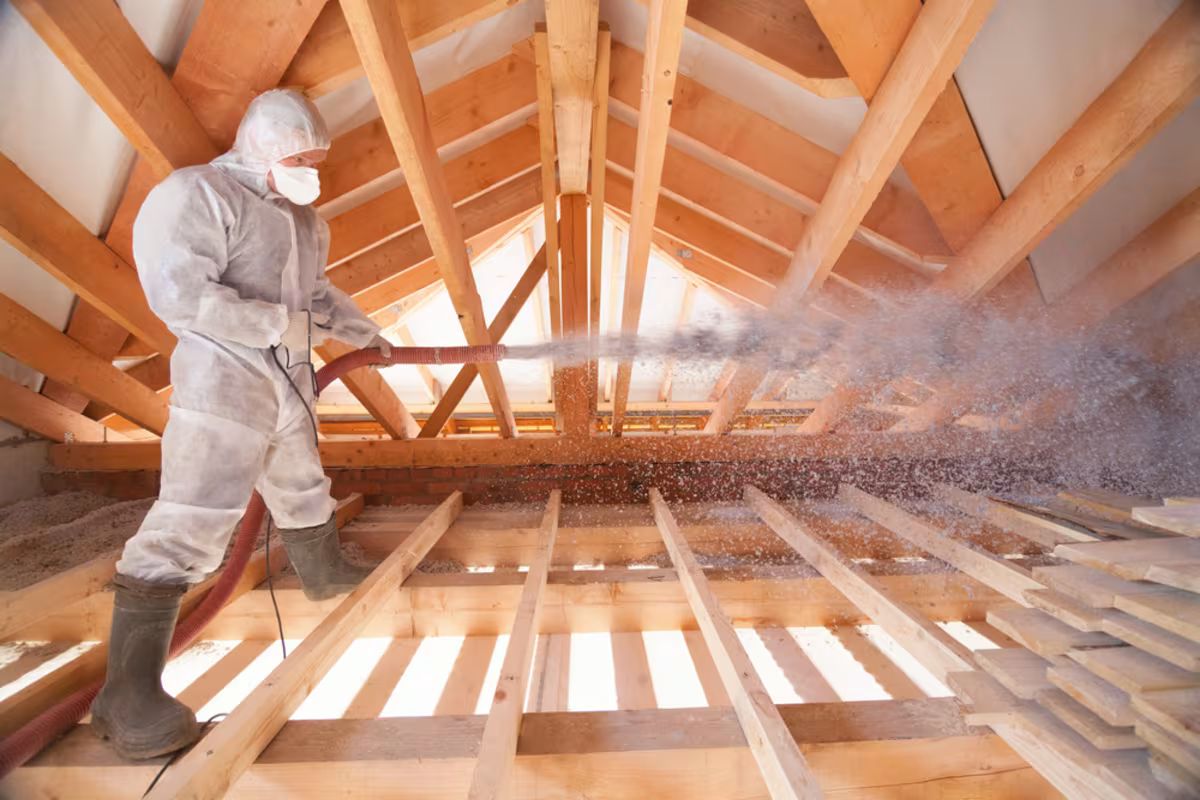
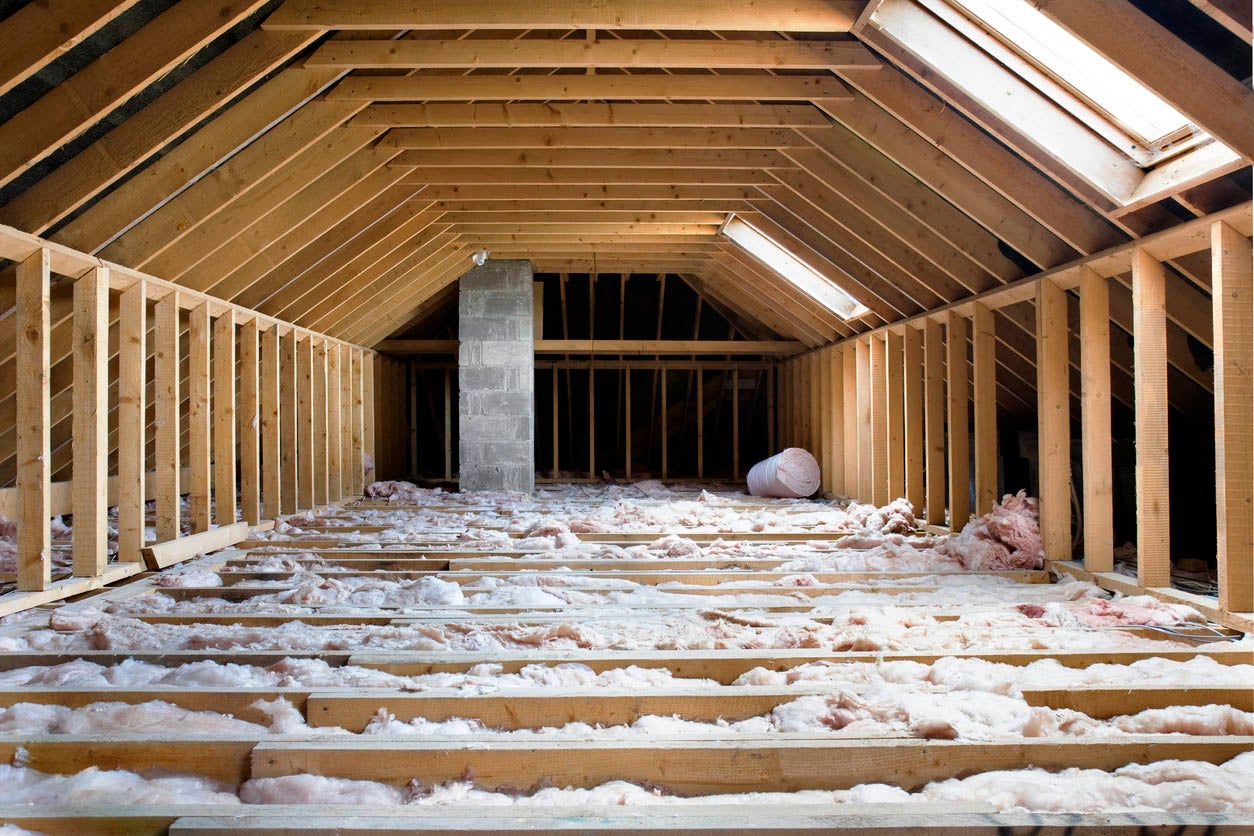
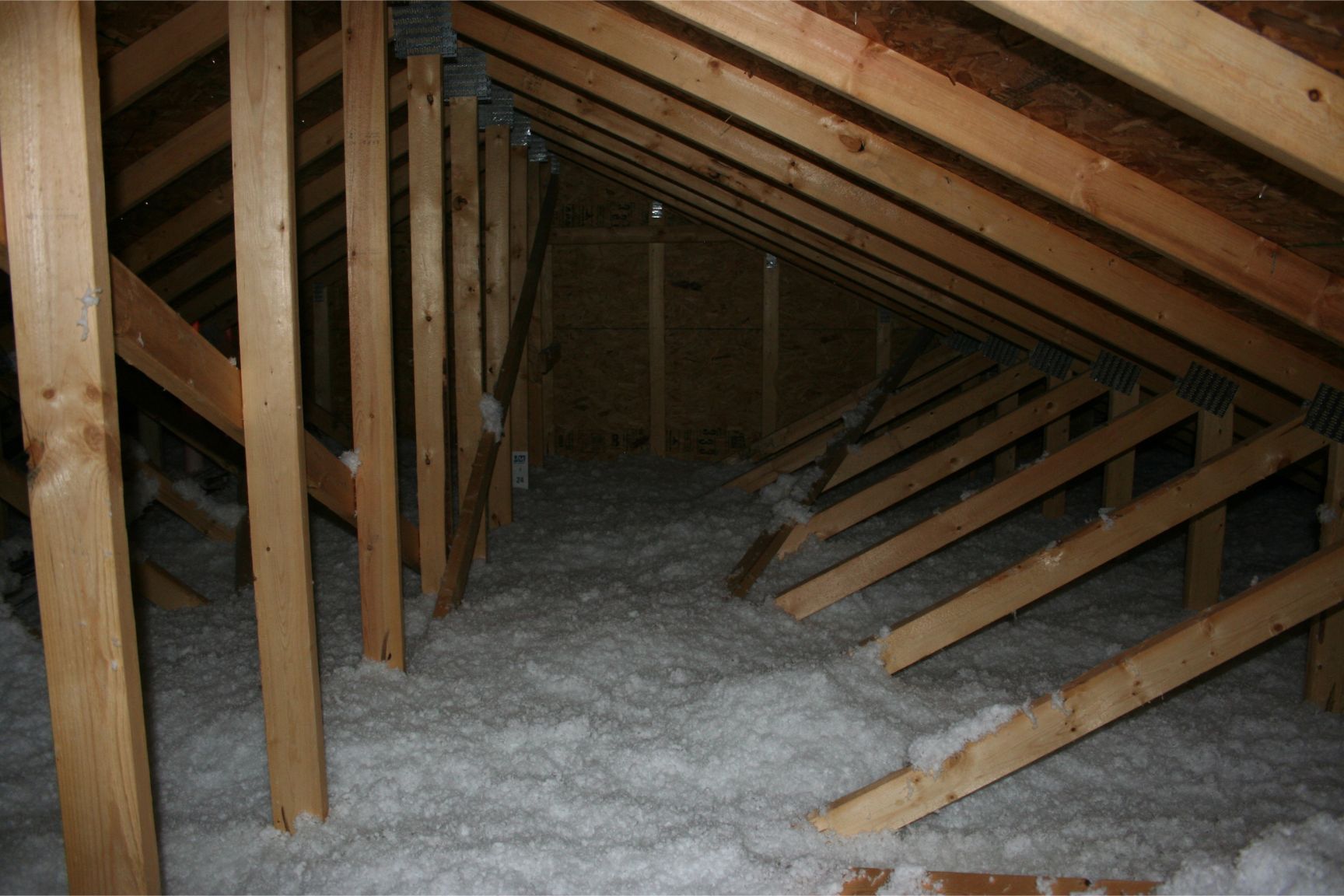
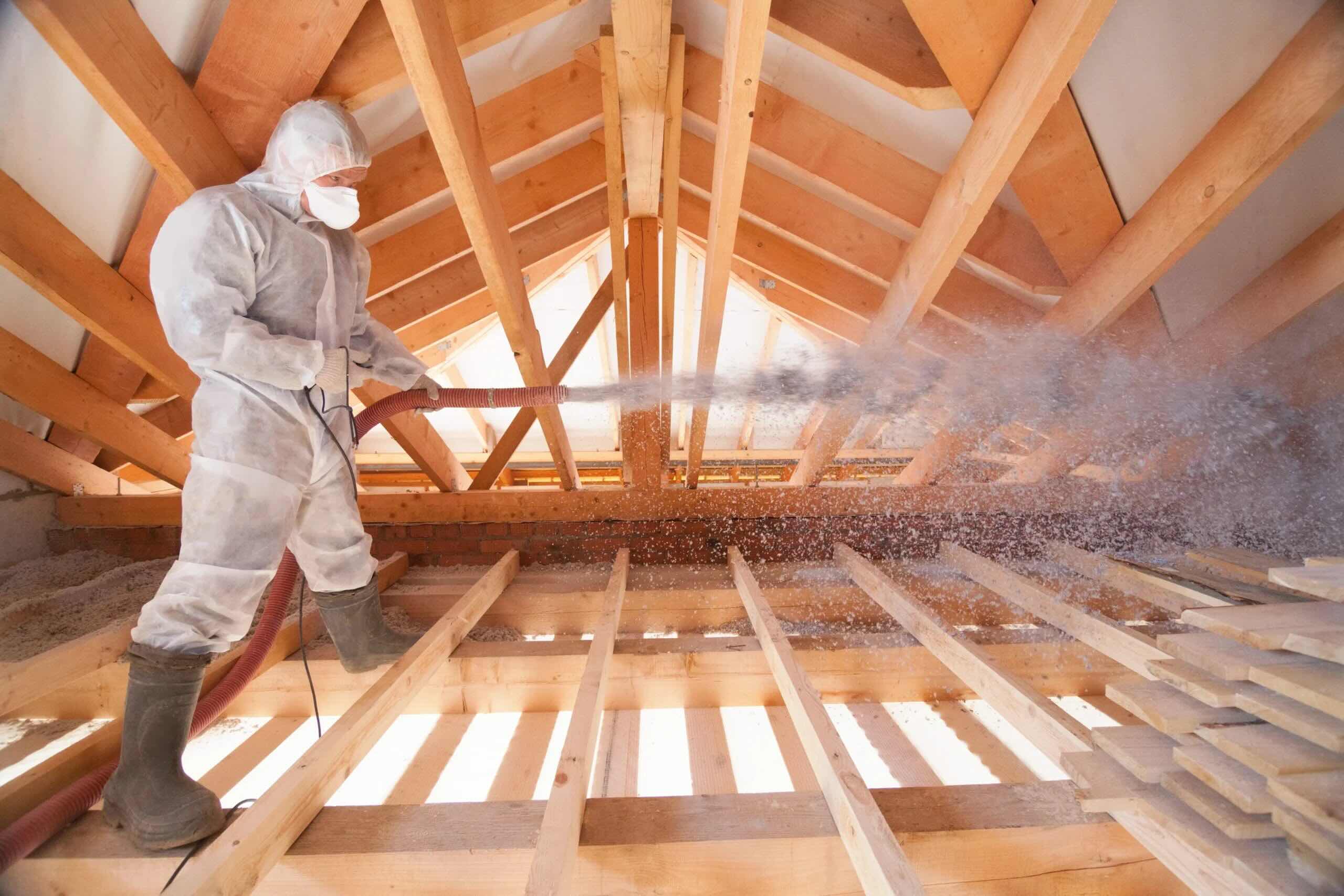
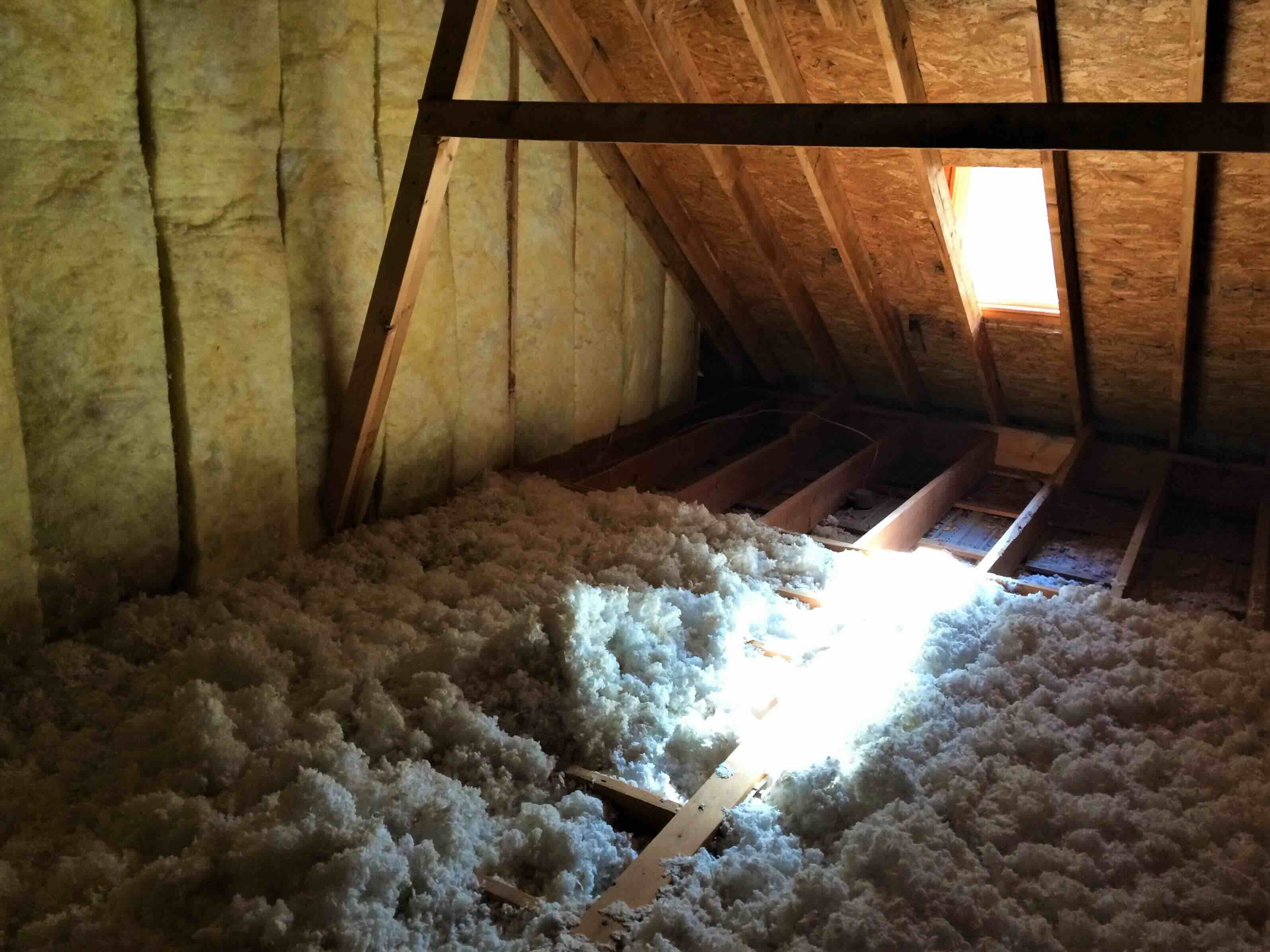
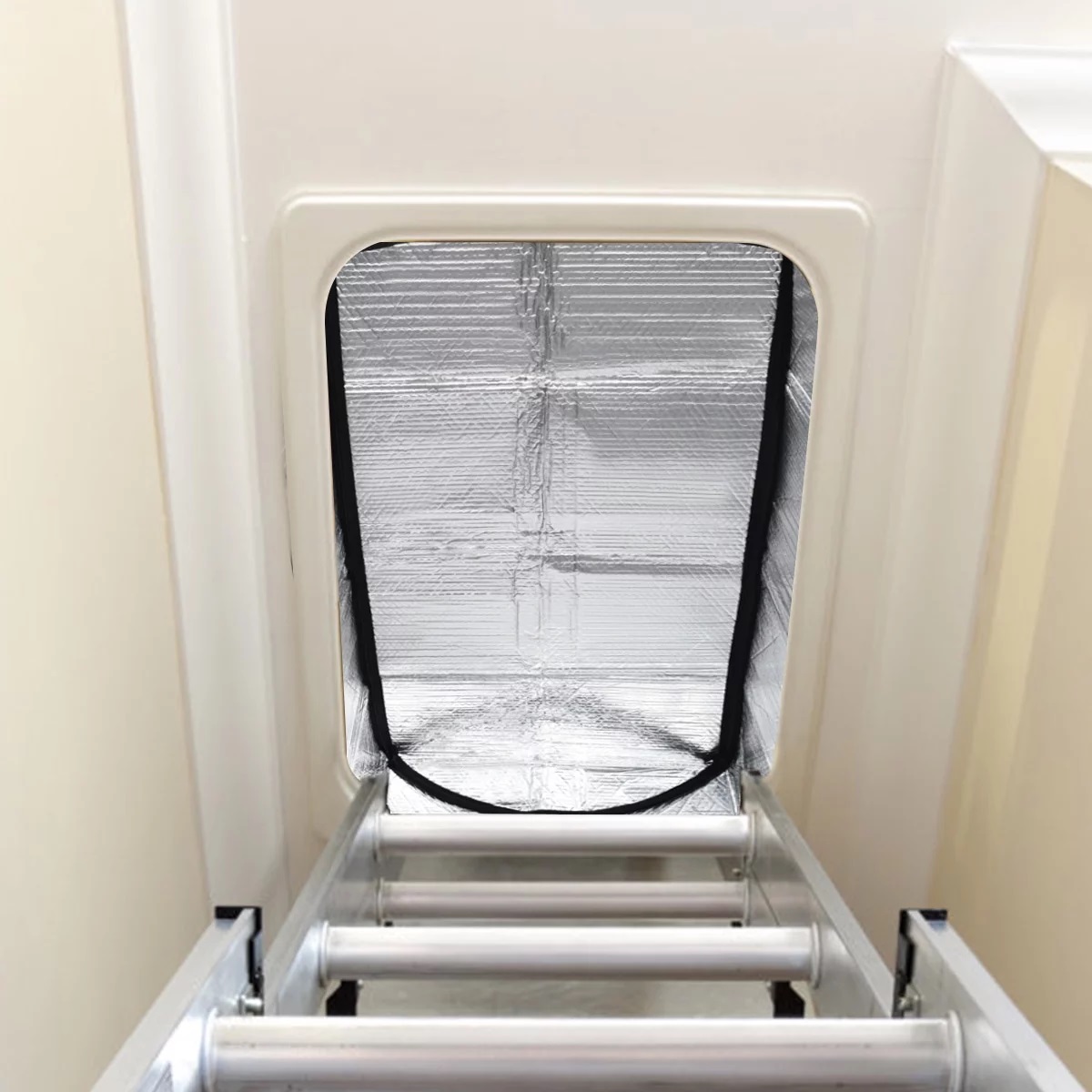
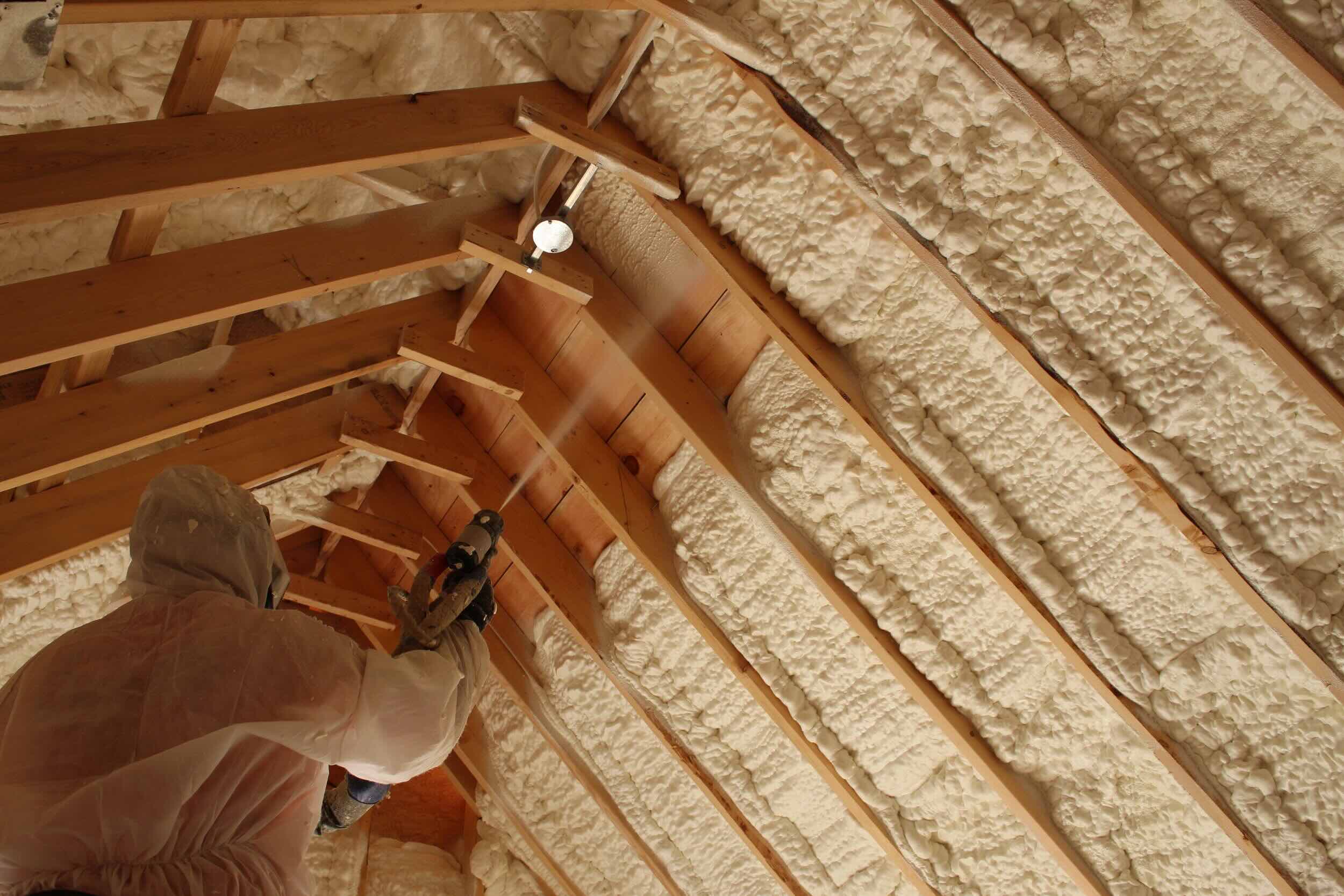
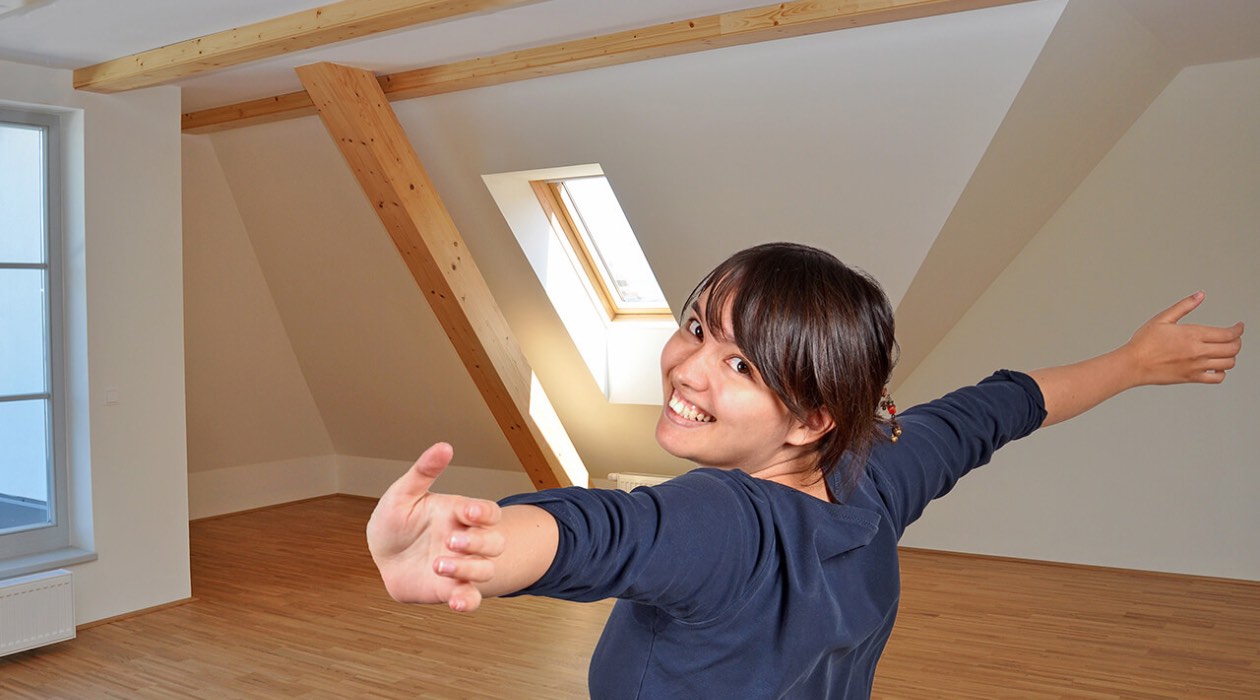
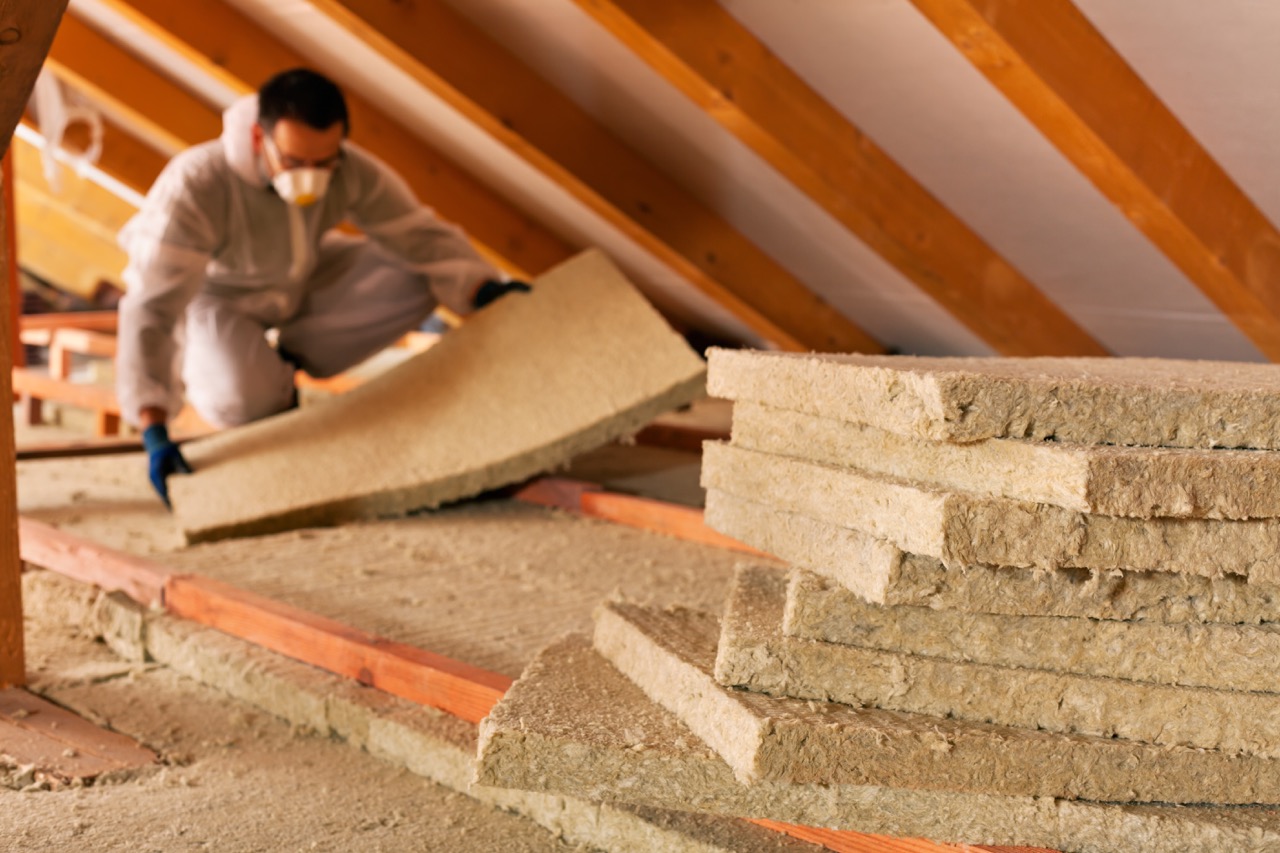
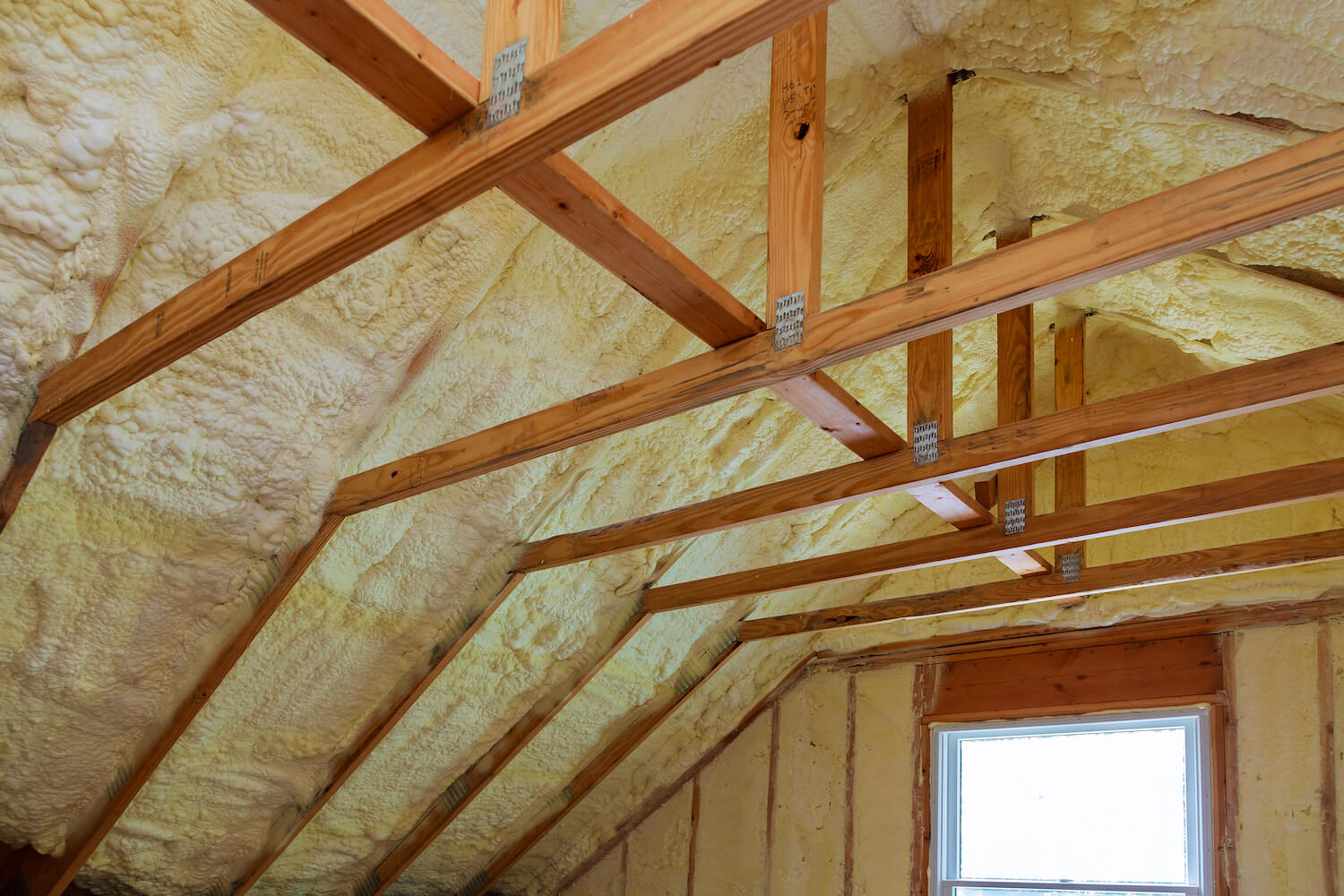
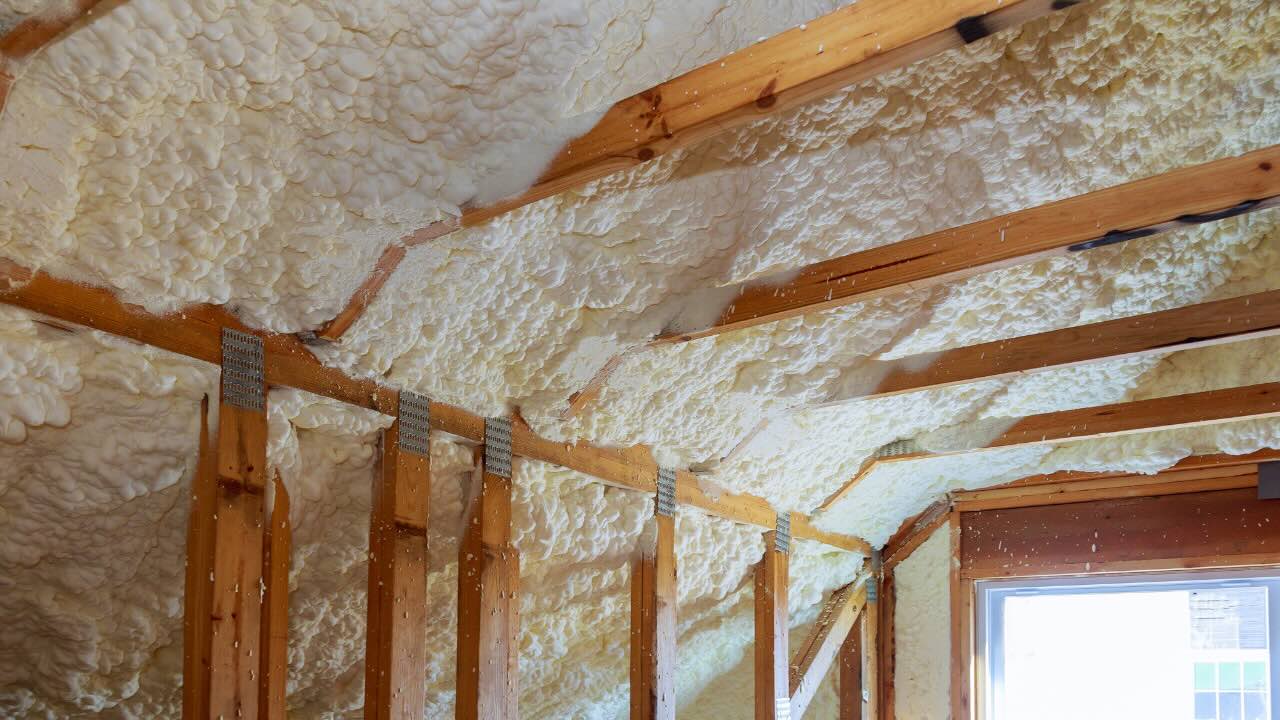
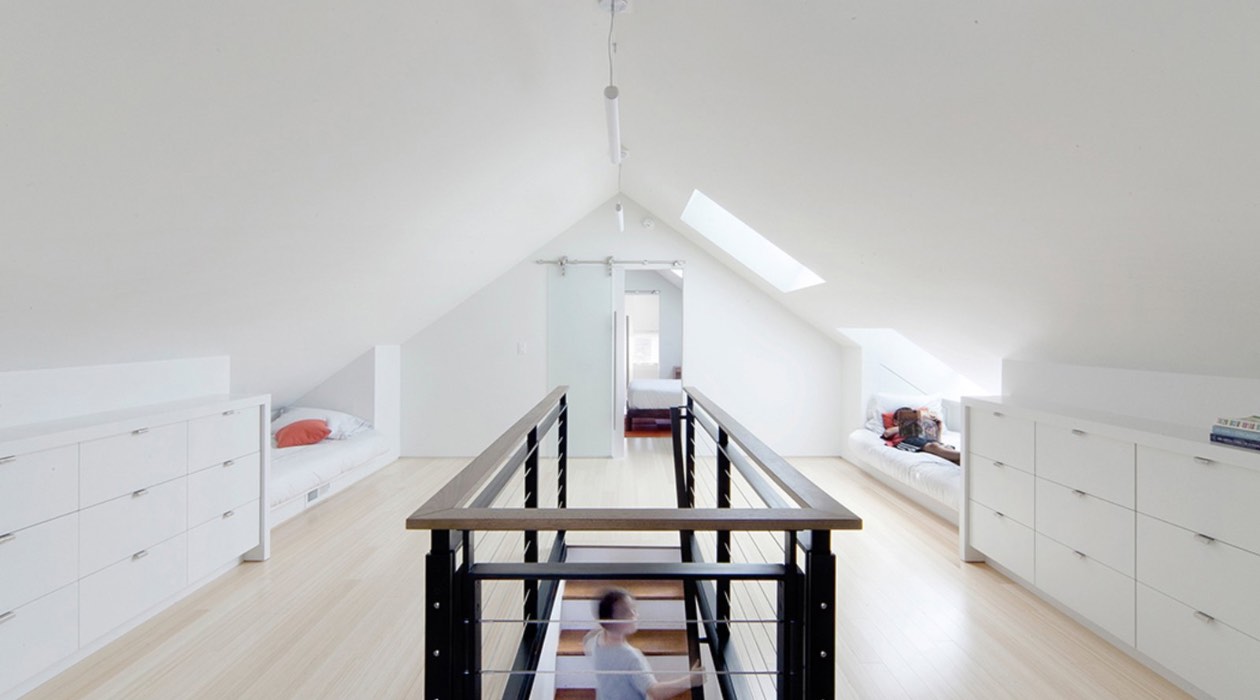
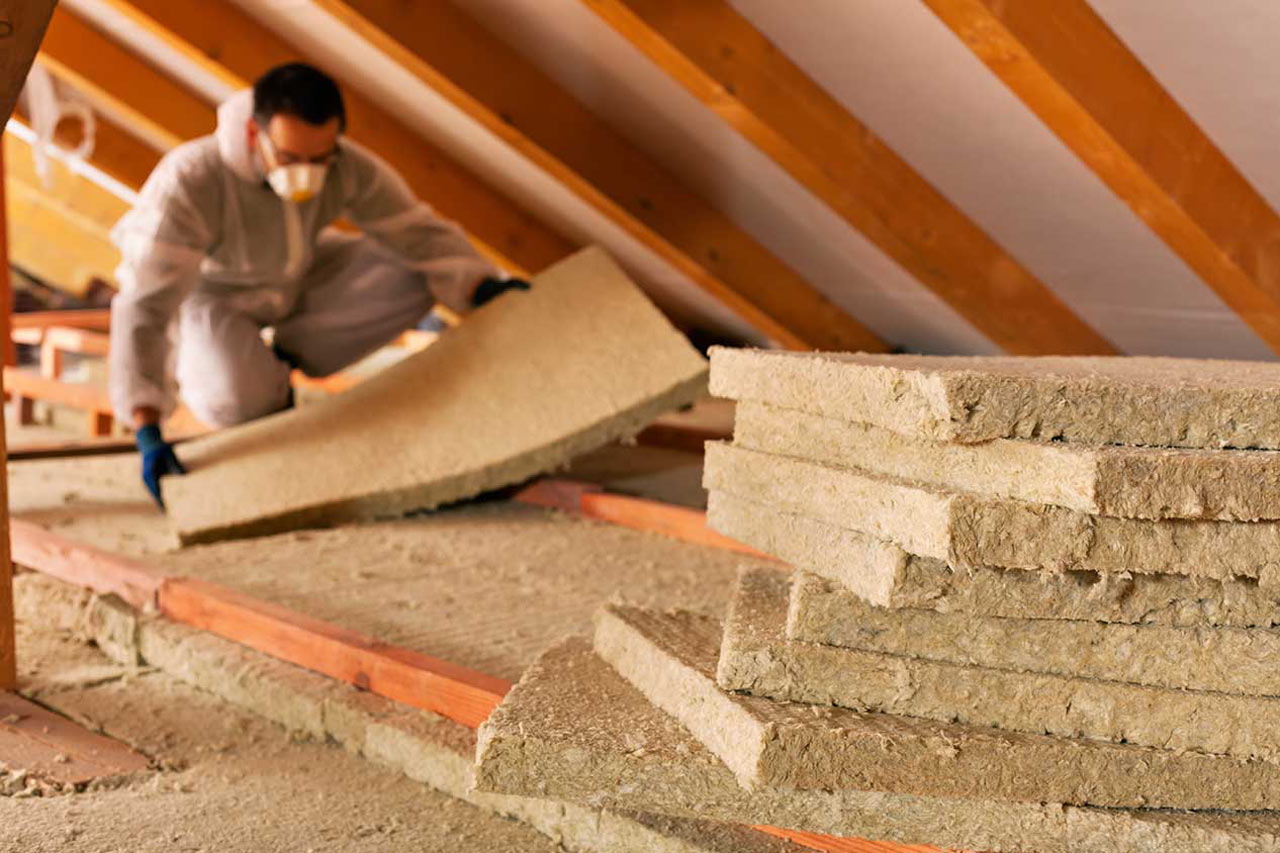
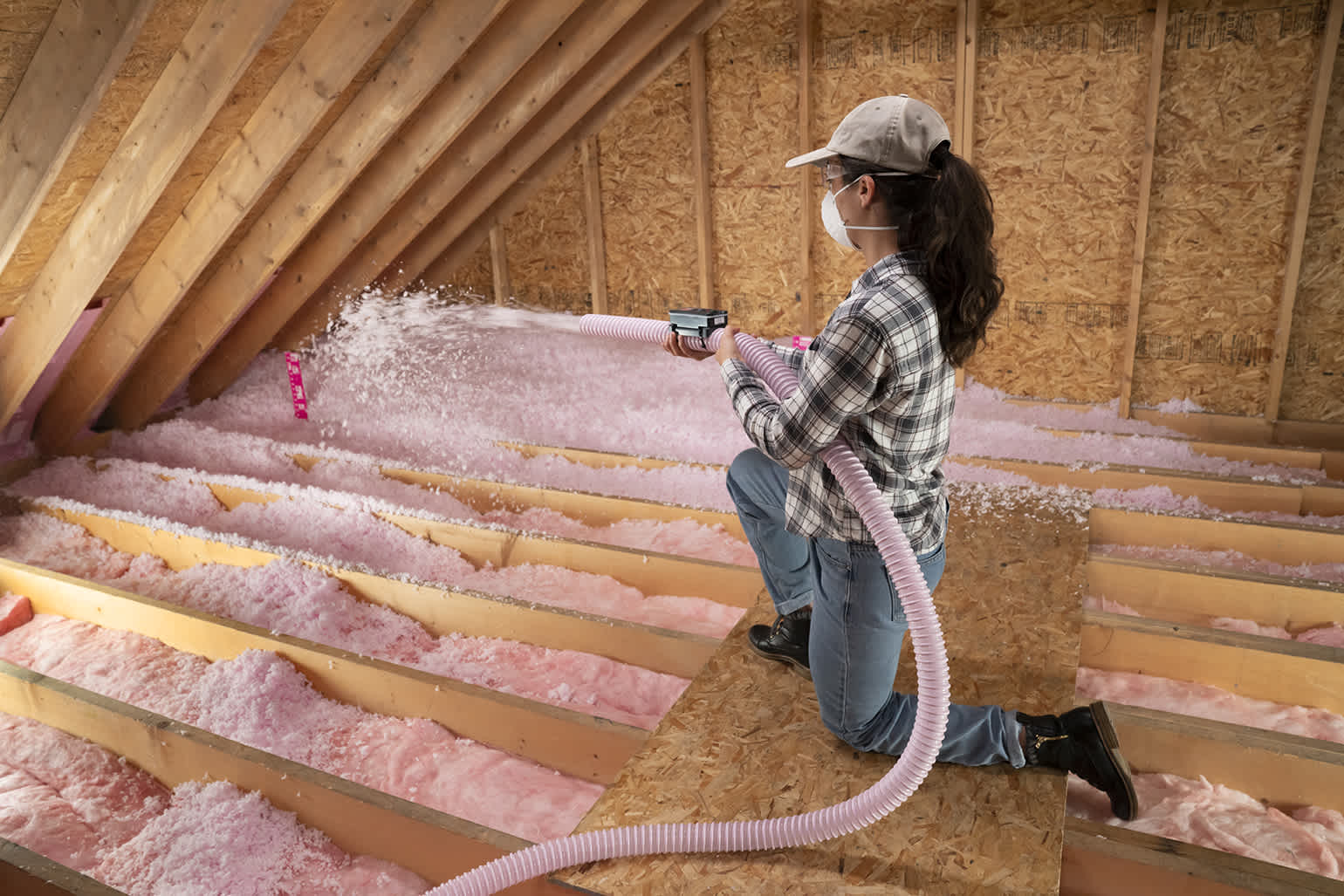

0 thoughts on “How Much For Attic Insulation”